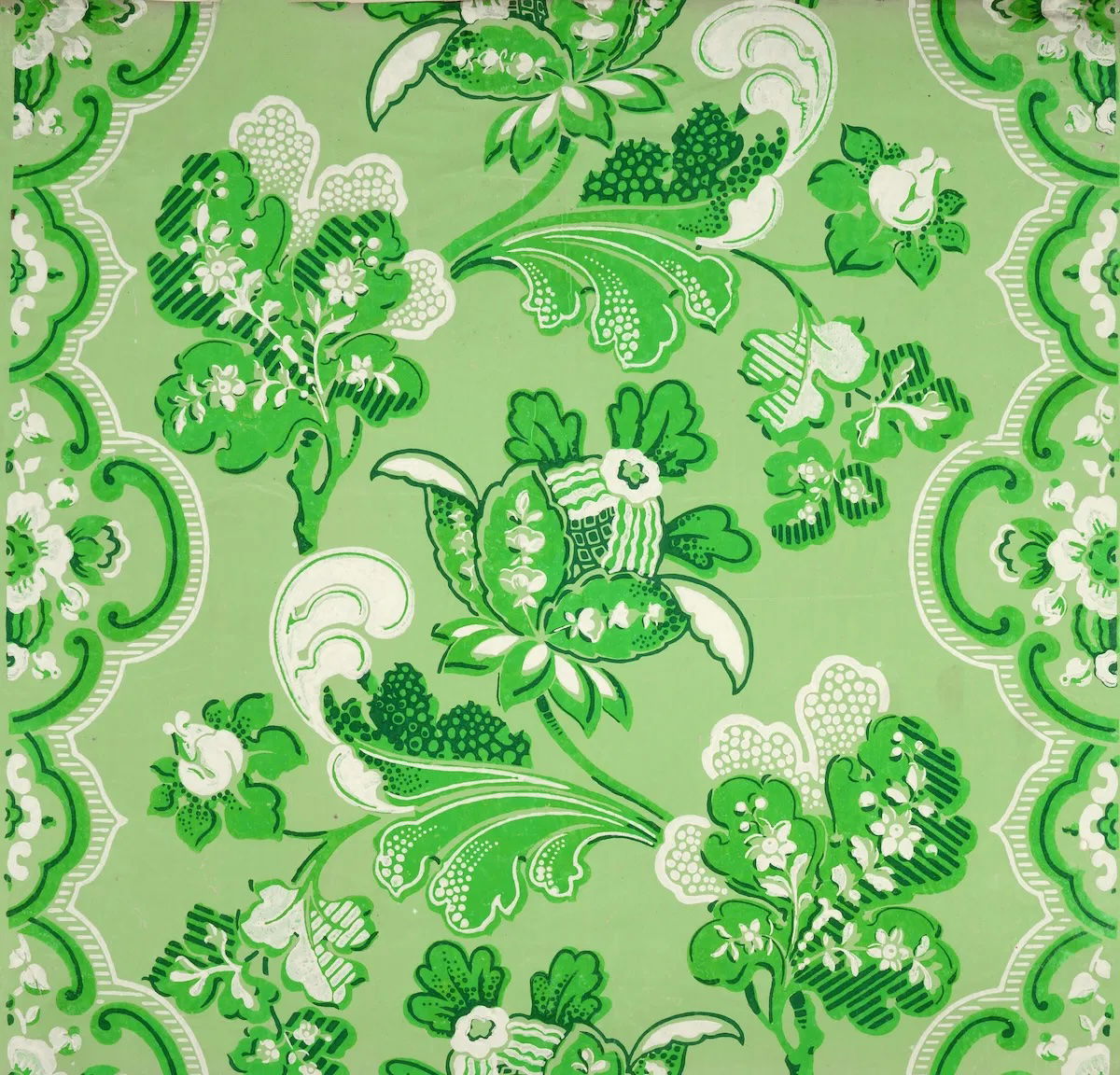The Hidden Death in the Victorian Wallpaper
Arsenic was a hidden killer in Victorian homes, but it also played a large part in the British economy. Which comes first: commerce or public health?

When it opened in 1881 the comic opera Patience was the first theatrical production in the world to be lit entirely by electricity. But the librettist, W.S. Gilbert, was no fan of scientific fashions. One of his satirical targets was William Morris, the textile designer who advertised the must-have colour of the century: a vivid green originally produced in a Swedish laboratory. After a long series of mysterious illnesses in Britain’s most fashionable homes – even Queen Victoria’s Osborne House was not immune – Morris’ vivid wallpapers had been denounced as arsenic-packed killers. As the years went by, Morris desperately tried to distance himself from the scandal. ‘Do not fall into the trap of dingy, bilious yellowy-green’, he warned, claiming that he felt ‘a special and personal hatred, because I have somewhat brought it into vogue. I assure you I am not really responsible for it.’ Or in Gilbert’s sarcastic parody: ‘I do not care for dirty greens/By any means.’







